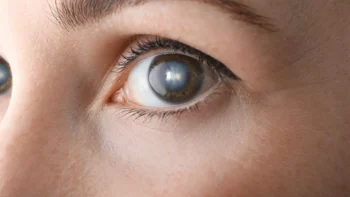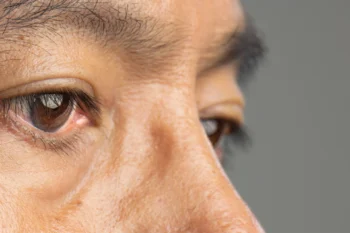If you’ve been secretly hoping Santa would bring you better vision this year, it might be time to start weighing your options. Although LASIK is sometimes used as a generic term for laser vision correction surgery, it is actually a very specific procedure. What’s more, there are several other laser vision surgeries. Depending on your specific vision issue, one procedure might be a better option for you. Here’s what you need to know about LASIK and Advanced Surface Ablation, or ASA.
What is ASA?
Before LASIK surgery was developed, ophthalmologists performed photorefractive keratectomy, or PRK, a procedure that corrects vision through surgery on the surface of the eye. While PRK patients experienced results similar to those of LASIK, the procedure required a slower recovery and greater discomfort. Advanced Surface Ablation, or ASA, is a very similar procedure, but requires less downtime than PRK.
Unlike LASIK, when a ophthalmologist performs ASA, he or she does not create a “flap” in the eye. ASA treats the surface of the cornea using excimer lasers to reshape it and correct vision. The surgeon then places a temporary contact lens on the eye to protect it and help encourage healing. During the procedure, your ASA surgeon uses anesthetic drops for comfort, then removes the surface layer of the cornea. The laser is then used to reshape the eye depending on your exact prescription.
How LASIK is Different
While ASA produces similar results to LASIK surgery, the LASIK procedure is often preferred by patients and surgeons due to the shorter recovery period and reduced discomfort. During the LASIK procedure, your eye surgeon makes a “flap” in order to reshape the stroma layer of the cornea. The laser used actually removes cells in order to create the perfect prescription for your eye. The surgeon then replaces the flap and allows the healing process to begin.
Determining Candidacy
Some patients seeking vision correction surgery may not be candidates for LASIK. Certain conditions, such as thin corneas, loose skin on the corneas, glaucoma or corneal dystrophy, make LASIK not an ideal procedure. For these and other conditions, ASA may be a good alternative to LASIK vision correction surgery. That said, ASA candidates must still meet the requirements for laser eye surgery, like being over 18 years old and maintaining a stable eye prescription for more than a year.





